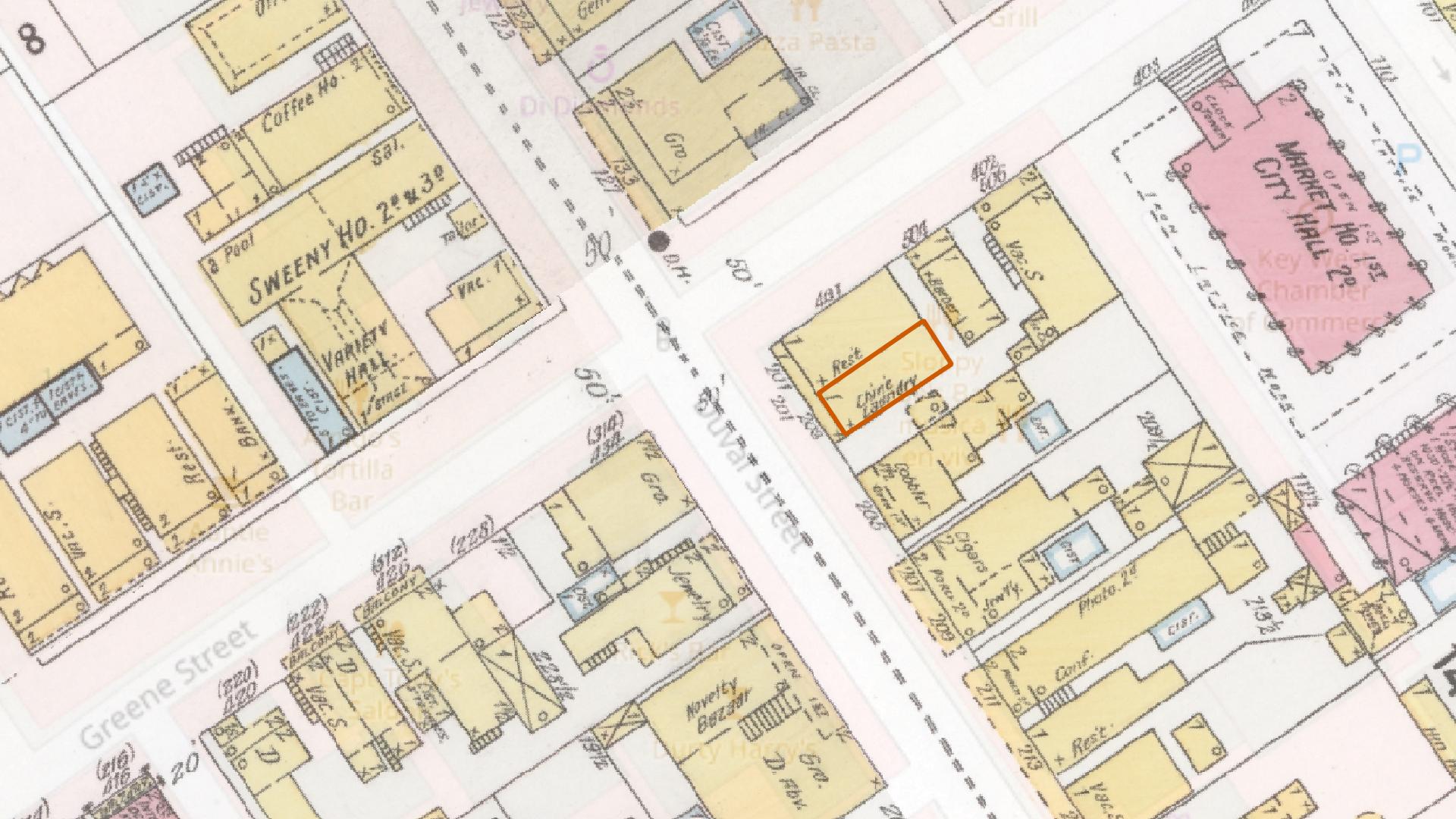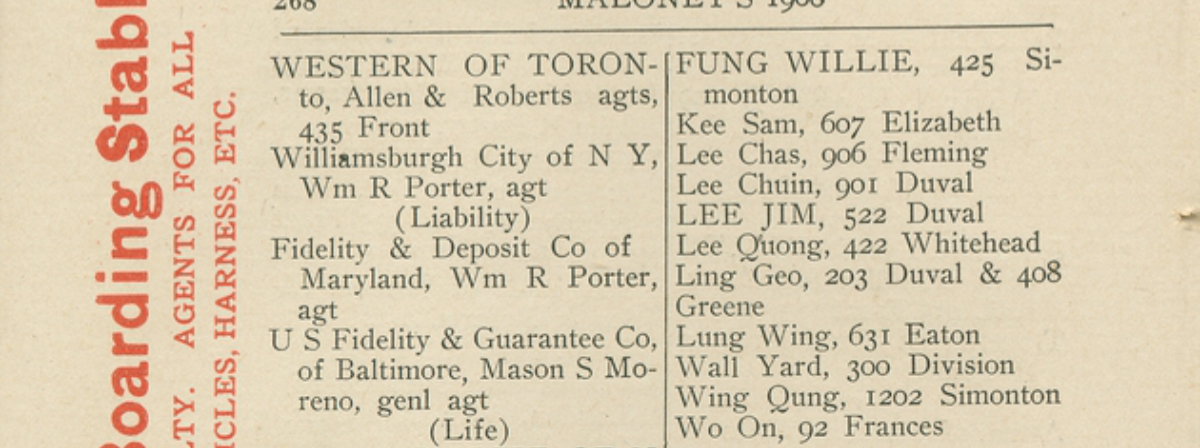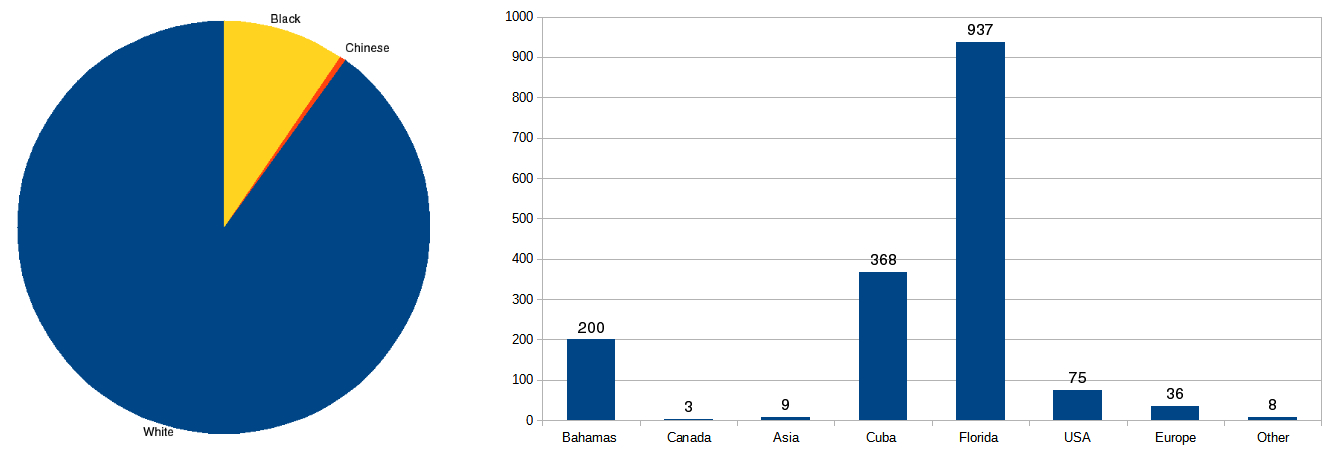This is a short post regarding some exploratory analysis for an upcoming book project. It represents a return to some of my earliest interests in historical archaeology. Specifically, the archaeology of the Chinese diaspora. Whereas my earlier work explored the archaeology of this community around the Pacific Rim, my future research seeks to examine a less known aspect of the Chinese diaspora. Well, less known to folks who are unfamiliar with the history of Latin America and the Caribbean, where significant populations of Chinese migrants and their descendants have lived since the mid-1800s.

I am unaware of much research into Key West’s Chinese heritage, or Florida’s Chinese in general. Josephine Shih Gordy’s MA thesis comes to mind, which chronicles this community in southeast Florida between 1900 and 1992. Also, Raymond Mohl’s 1996 article on Asian immigration to Florida. While sitcoms like Fresh Off the Boat provide a comedic glimpse into the lives of Taiwanese-American immigrants in Orlando, Florida during the 1990s (although, to be fair, this show was filmed in California), there has been relatively little research into the historical contributions of Chinese and other Asian communities in Florida. Although representing a small portion of the state’s population, Chinese migrants have deeply impacted it’s history, including horticulturalist Lue Gim’s contribution to the citrus industry.

The 1900 Key West City Directory lists 14 laundries in Key West, 13 of them operated by Chinese owners. As such, we can assume at least 12 individuals of Chinese ancestry are resident in or around the city. However, the 1900 US census for Key West only lists 8, and one of them is repeated. As such, out of 1690 residents whose ethnicity/race is listed, 1,521 are recorded as White, 161 as Black, and 8 as Chinese. There are no other racial categories listed in this census. We can also examine the birthplaces of Key West’s inhabitants of the time. Out of 1636 records that list a birthplace, the majority hail from Florida, Cuba, and the Bahamas. Download the original images and a spreadsheet of the 1900 Key West census here.

This post is about preliminary research into Key West’s Chinese community. As such, it is incomplete, but offers intriguing possibilities. While archaeological studies of Chinese American sites are common in the Western US, only a few such studies have occurred in the eastern US. As this research begins to take shape, feel free to xplore the locations of the Key West 1900 laundries using the webmap below.
The above map does not include the original Sanborn fire insurance map, which provides some useful context for these locations. I have stitched the Sanborns together and you can access that version of the map here. Be forewarned, it will take a few moments for the 250mb stitched map to load in your browser. Enjoy!
